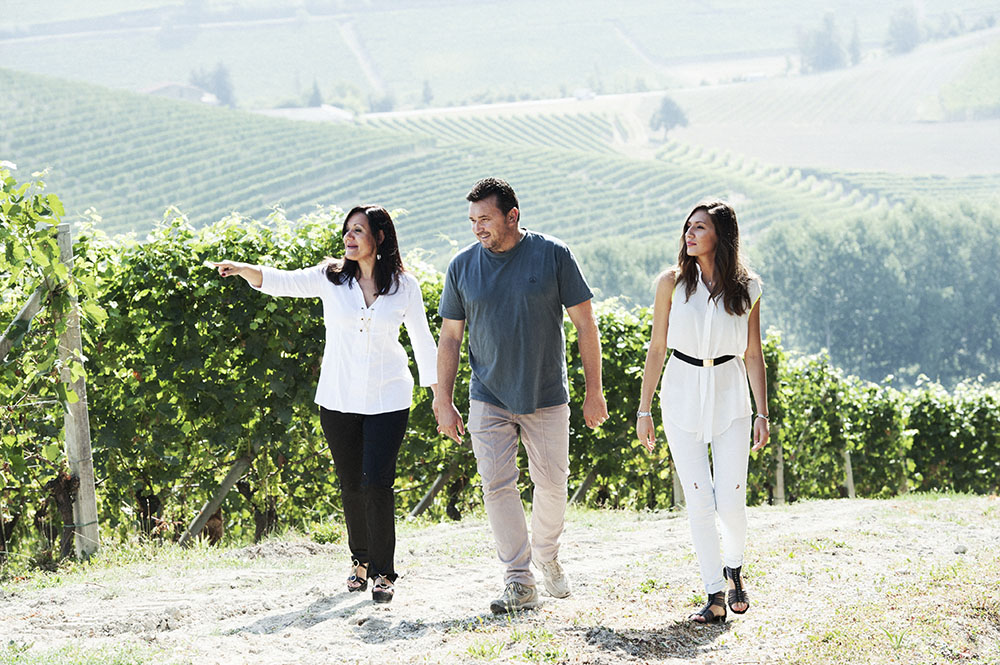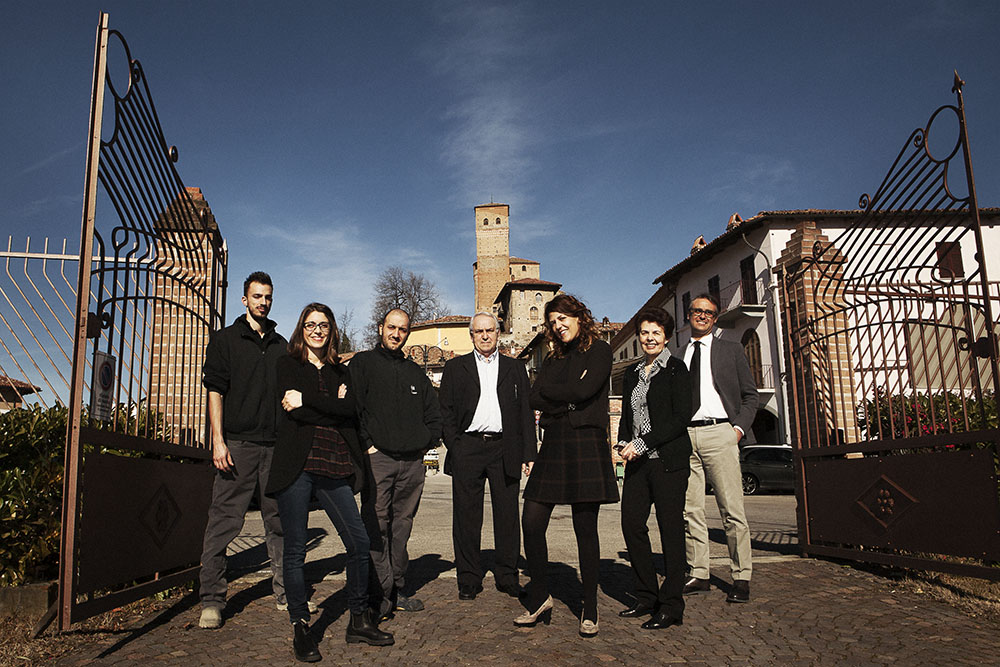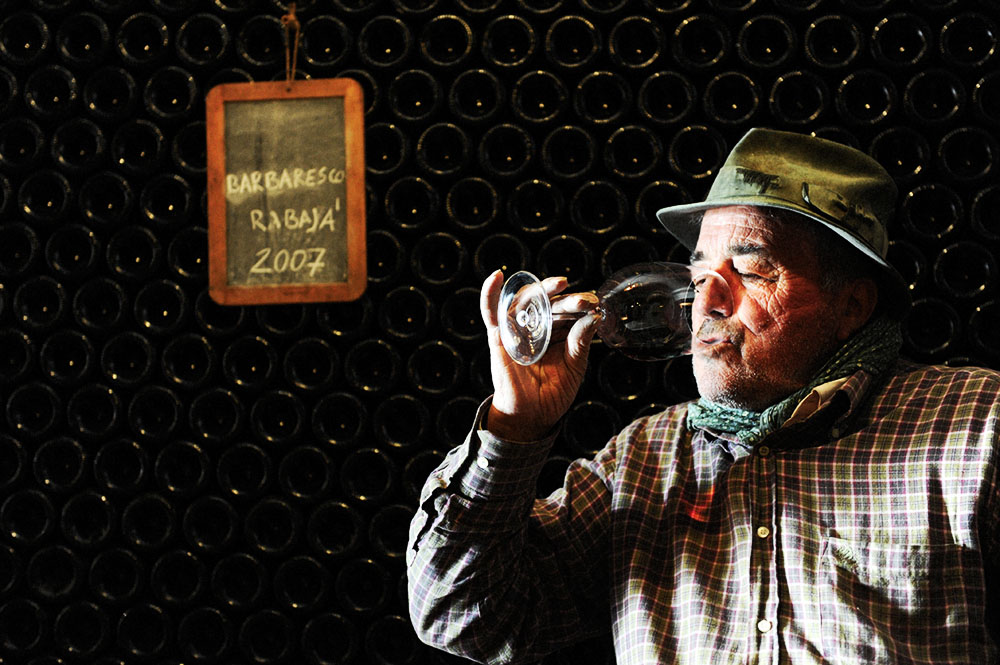When wine folk speak of wine having a sense of place and expressing the site where it has been grown, the two regions that are most often referenced are Burgundy in France and Piedmont in Italy.
Comparisons between the two regions and the predominant red grape varieties (Pinot Noir in Burgundy and Nebbiolo in Piedmont, both of which are excellent at translating terroir) are common and Piedmontese producers will often allude to possessing a Burgundian philosophy of wine growing, where expressing site in the bottle is paramount.
As an agricultural product, wine should always, in my opinion, be a reflection of place. It should also reflect the vintage to which the grapes belong.
At the recent Nebbiolo Prima and Grandi Langhe events in Alba, the heart of Piedmont’s Langhe region, producers and wine professionals gathered for all things Nebbiolo and to taste the soon-to-be-released 2016 Barbarescos, 2015 Barolos and a plethora of other vintages of these wines composed exclusively of the regal Nebbiolo grape.
What struck me most were the comparisons between the wines of 2014, 2015 and 2016, three vintages that could not be more different.



